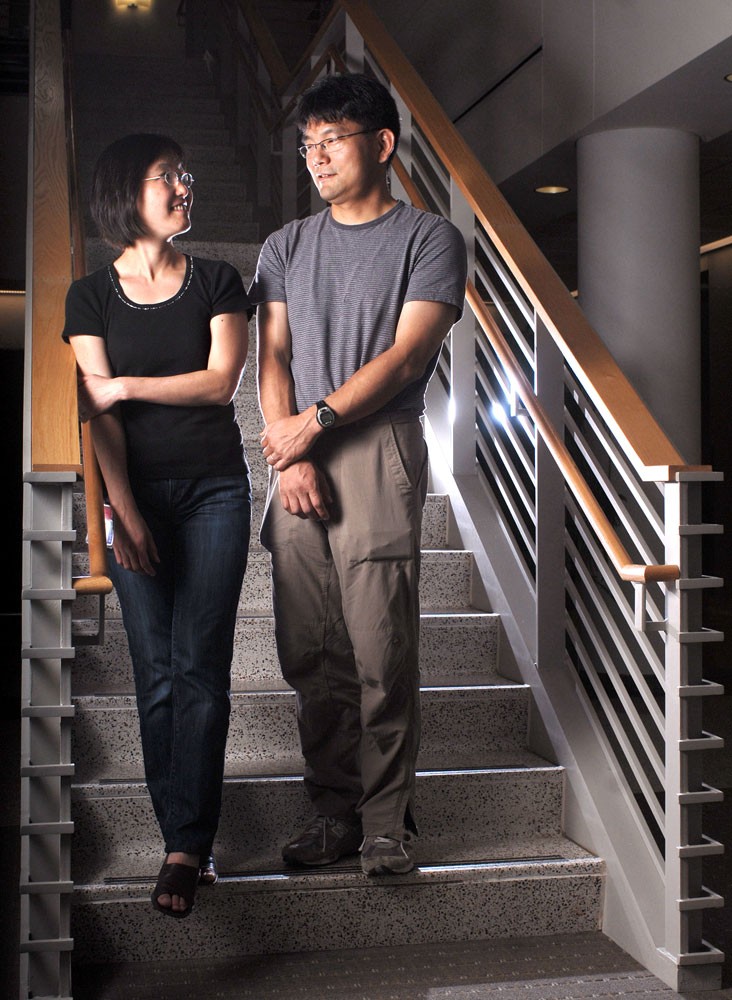More spouses and domestic partners are being hired to the nationâÄôs top universities, according to a report released by Stanford University in August. Although the 13 national universities surveyed were not named in the report, Vice Provost for Faculty and Academic Affairs Arlene Carney said the University was one of them. The report found that 36 percent of professors at the nationâÄôs leading universities have partners who are also professors, and that number is on the rise. Yasushi Nakagawa and Naoko Koyano are married professors working in the UniversityâÄôs neuroscience department. They were hired at the same time in 2003. Nakagawa said the department puts in a lot of work to make the couple feel comfortable. âÄúI think they make a lot of effort,âÄù he said. âÄúSo I appreciate that. We feel we are in a really unique position.âÄù Carney said when the University pursues new professors, sometimes a spouse requires employment at the University as well. âÄú[Universities] realize unless they find an appropriate position for a spouse, they’re not likely to get the best candidate,âÄù Carney said. The University administration is creating solutions that would address academic couples in need of similar jobs. The Higher Education Recruitment Consortium offers a listing of job openings for universities that dual-career couples can access. A new HERC will open in the upper Midwest at the University at the end of this month. HERCs currently operate in California, New England, Washington and other areas. They collaborate with dozens of institutions in each respective area. According to Carney, it will allow couples to explore other opportunities that, in the past, have been difficult for University administration to provide. Another program, the Bridge Fund for Spousal/Partner Hires, provides temporary funding for academic departments that want to hire someone, but a condition of acceptance is dependent upon whether their spouse also is employed . The funding is provided by central administration at the University, and would pay for 100 percent of the spouseâÄôs salary for the first year and 50 percent the second year, with the understanding that the administration would hire the spouse eventually. The report from Stanford also found that 45 percent of those interviewed said having couples working in the same department creates a conflict of interest. Robert McMaster, vice provost and dean of undergraduate education , said the University has been careful to prevent conflicts of interest. McMaster said that when he was chairman of the geography department, his wife, Susanna McMaster, who worked in the same department , had to report to an associate dean of the college, and not to him. âÄúThe University has been very meticulous in making sure where there’s a potential for conflict, that reporting structures are put in place so there won’t be a problem,âÄù Robert McMaster said. âÄúI’ve been impressed with the University’s diligence in addressing this.âÄù

Image by Ali Haupt
Assistant neuroscience professors Naoko Koyano, left, and Yasushi Nakagawa are among the growing trend of hiring spouses to the nation’s top universities. Thirty-six percent of professors at the nation’s leading universities have partners who are also professors, according to a new report released by Stanford University.
Hiring married faculty on the rise at U
Published September 19, 2008
0

